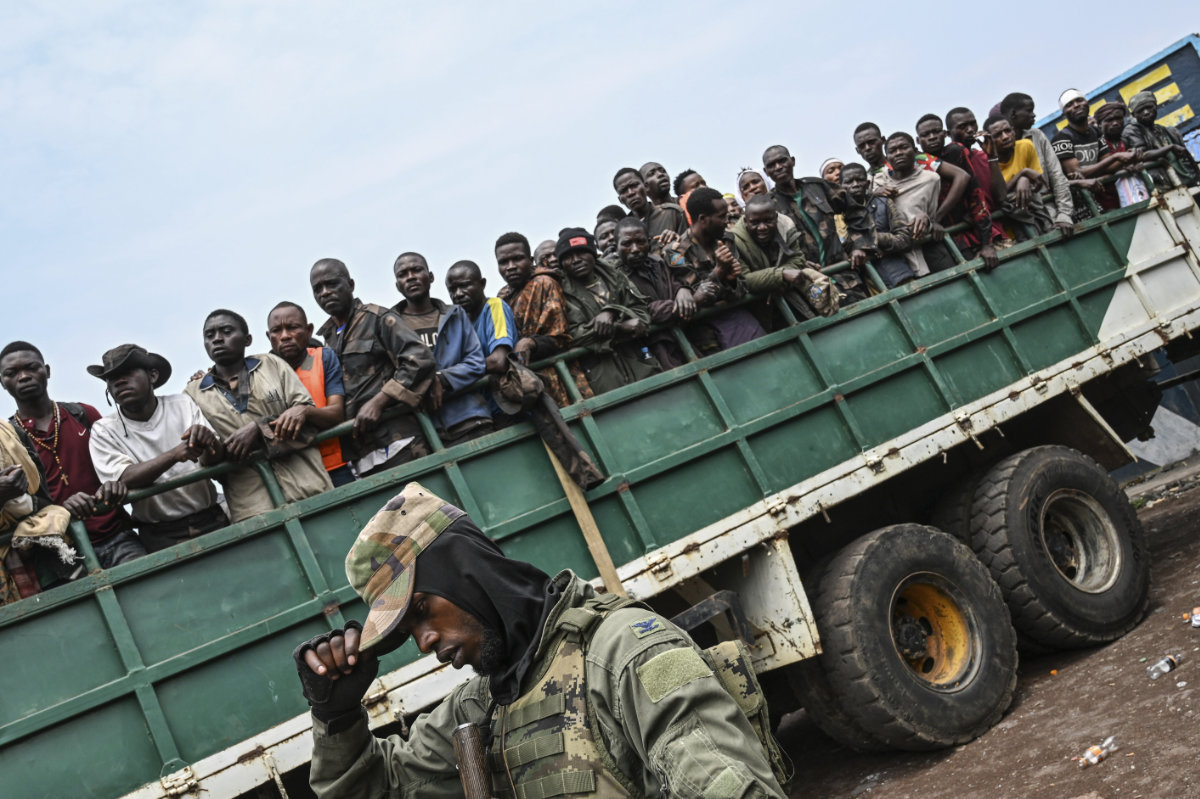MANILA: The Philippines is trying to arrange flights for hundreds of overseas Filipino workers in Beirut, the government said Wednesday, as it struggles to bring them to safety in the wake of Israel’s invasion of Lebanon.
More than 11,000 Filipinos are living and working in Lebanon, which has faced a series of Israeli attacks that began in mid-September, with pagers exploding at shops and hospitals around the country, followed by relentless bombing targeting densely populated areas.
Israeli forces have killed more than 1,000 people across Lebanon and wounded nearly 3,000, according to Lebanon’s Health Ministry.
The UN estimates that more than a million people across the country have been displaced by the strikes, with the numbers expected to rise as Israel also launched its ground invasion of Lebanon on Tuesday.
Dozens of Filipinos in Beirut have sought shelter at the Philippine government’s Migrant Workers Office. As its vicinity was bombed by Israeli forces over the weekend, they have since been sheltered in a hotel in Beit Mery, a town overlooking Beirut, as they await repatriation.
“There are presently 101 Filipino workers in our shelters ready to be repatriated,” DMW Undersecretary Bernard Olalia told reporters in Manila.
“The challenge is that we do not have flights … We’re talking to some airline companies so that the chartered flights will be able to accommodate for example no less than 300 overseas Filipino workers from Beirut.”
Olalia said that while the government was facing several challenges, including securing landing rights for chartered flights, other options were also being considered in case the situation escalated.
“The DMW is also studying the possibility of other routes. Apart from the air route, we will be assessing the sea and the land route, should … the situation there worsen,” he said.
“We have men on the ground. They work around the clock. And we augmented our staff both in Lebanon (and) nearby posts to be able to provide (the) safest route to evacuate and ultimately to facilitate the repatriation of our OFWs.”
Migrante International, a global alliance of overseas Filipino workers, told Arab News on Tuesday that the Philippine nationals it has been in touch with have expressed “urgent concern” for their safety.
“They are worried about the bombings and the explosions coming closer to their homes, in their communities. So, they are worried for their safety, they are worried for their life and not being able to go back home safely to their families,” Migrante International President Joanna Concepcion said.
“They feel there is nowhere safe anymore. They feel that Israel can target anywhere, anytime.”


























